Stonex S850A Product Review
Equipped with an advanced 800 channels GNSS board and capable of supporting multiple satellite constellations, including GPS, GLONASS, BEIDOU, GALILEO, QZSS and IRNSS. Stonex S850A GNSS receiver is an ideal solution for any surveying field work.
Stonex S850A has also L-Band correction. The advanced receiver design gives to the S850A an excellent signal tracking ability and interference resistant capacity. Advantages of portability and speed of operation make S850A GNSS receiver particularly suitable for fieldwork in areas of complex terrain.
Stonex S850A is equipped with all the necessary connections, has integrated Bluetooth and internal Wi-Fi functionality; has a built-in dual frequency UHF radio, 410-470 MHz and 902.4-928 MHz and the worldwide compatible 4G GSM modem. Stonex S850A integrates also the new IMU System that allows tilted measurement (TILT) up to 60°: quick initialisation, fast and precise survey.
MULTI CONSTELLATION
Stonex S850A with its 800 channels, provides an excellent on board real time navigation solution with high accuracy. All GNSS signals (GPS, GLONASS, BEIDOU, GALILEO, QZSS and IRNSS) are included, no additional cost.
E-BUBBLE
On S850A through E-Bubble it can be displayed directly on software if the pole is vertical and the point will be recorded automatically when the pole is levelled. It is possible to measure points with an inclination of the pole over 60°.
IMU Technology
Stonex S850A GNSS receiver has the new IMU systems that allows tilted measurement (TILT). Thanks to the new IMU technology, the edges of the houses, the difficult and inaccessible points are no longer a problem.
What is an inertial measurement unit (IMU)?
An inertial Measurement unit is a self-contained system that measures linear and angular motion usually with a triad of gyroscopes and accelerometers. Stonex S850A with IMU system makes reliable every measurement, both survey and the stake out jobs, and makes extremely faster the acquisition of points: up to 40% of the field work time can be saved!
The power of the IMU inside the Stonex S850A
- No problem of electromagnetic disturbances
- Fast initialisation
- Up to 60° inclination
- 2 cM accuracy 30°
- 5 cm accuracy 60°
- Fast and precise survey
RADIO AND GSM
S850A has integrated UHF double frequency radio, 410-470MHz and 902.4-928MHz. Through the 4G GSM modem a fast internet connection is guaranteed.
RUGGED RTK
With IP67 Certification Stonex S850A will ensure operations in various kinds of extremely tough environments.
Stonex S850A key features
- RTK Enabled for 1-2cm accuracy. Compatible with RTK FIX.
- 800 channels.
- Correction data is continuously transmitted by satellite L-Band delivering global coverage.
- Bridging RTK outages For interrupted Accurate positioning.
- Autonomous remote accuracy during RTK data stream losses.
- Keep position accuracy as a long as needed.
S850A applicable industries
- Surveying
- GIS applications
- Earthworks
- Roadworks
- Construction
- Agriculture
- Mapping
- Landfill
- Hydrographic
- UAV Base Station
Rover setup
When using this device in a rover configuration you may need the following accessories besides the receiver itself
- RTK Correction service. To achieve centimetre accuracy your receiver will need RTCM correction data so it can calculate your exact position. Without an RTK provider your receiver won’t be able achieve a 1-2 centimetre accuracy.
- Surveying software. Your receiver provides you with the coordinates you need but you still need surveying software in order to process this information. Which software you need depends on your needs. We recommend keeping it simple and don’t pay for things you don’t need. Having that said, if you do have to do complicated surveying work make sure you get the right software. Some recommended options are Apglos, Carlson, Aplitop and FieldGenius. If you need help, feel free to contact us by phone or via the chat below!
- Data collector. You might need a tablet or controller to run your software on. The type of tablet depends on which software you have choosen as some are Android based and some are Windows.
- Bracket and Holders. These are used to connect your tablet to your surveying pole so the whole set is easier to handle.
- Surveying pole. In order to get the best performance out of your receiver you want to minimise the disturbances around you and give it a clear sight to the satellites above. That why its recommended attaching your receiver on a 2 meter minimum surveying pole. These come in fixed rods and in telescopic rods.
Rover Base setup
When you don’t have access to an RTK network you might have to setup your own base station in order to receive corrections. These are the accessories you might need besides the receiver itself:
- A second RTK GNSS receiver. preferably from the same brand. If you already have another one, then make sure they run on the same frequency.
- Surveying software. Your receiver provides you with the coordinates you need but you still need surveying software in order to process this information. Which software you need depends on your needs. We recommend keeping it simple and don’t pay for things you don’t need. Having that said, if you do have to do complicated surveying work make sure you get the right software. Some recommended options are Apglos, Carlson, Aplitop and FieldGenius. If you need help, feel free to contact us by phone or via the chat below!
- Data collector. You might need a tablet or controller to run your software on. The type of tablet depends on which software you have choosen as some are Android based and some are Windows.
- Bracket and Holders. These are used to connect your tablet to your surveying pole so the whole set is easier to handle.
- Surveying pole. In order to get the best performance out of your receiver you want to minimise the disturbances around you and give it a clear sight to the satellites above. That why its recommended attaching your receiver on a 2 meter minimum surveying pole. These come in fixed rods and in telescopic rods.
- Tripod and Tribrach. These are needed to setup your base station with the second receiver. The Tripod gives good stability so errors in sudden movements of the base station are avoided.
- External Radio. Most RTK GNSS receiver have an internal UHF radio build in. However, sometimes the power output is not strong enough to give you the workable distance you need and an external radio required. Internal radios can go up to 3 Watts that can work up to 8km. External radios can easily achieve 35 Watt outputs, thereby increasing your working range.









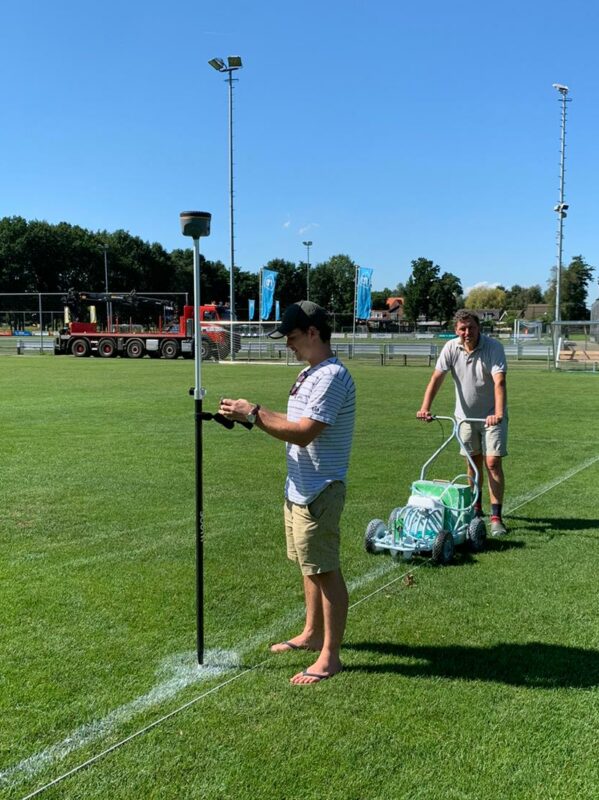
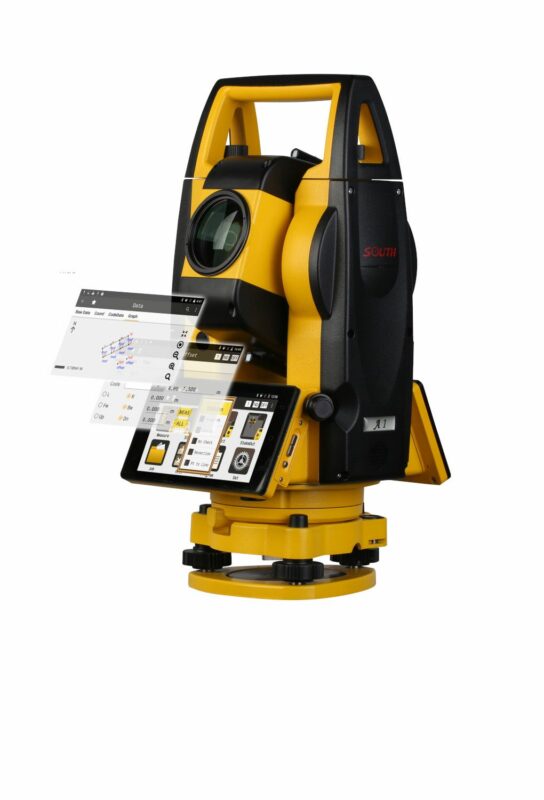



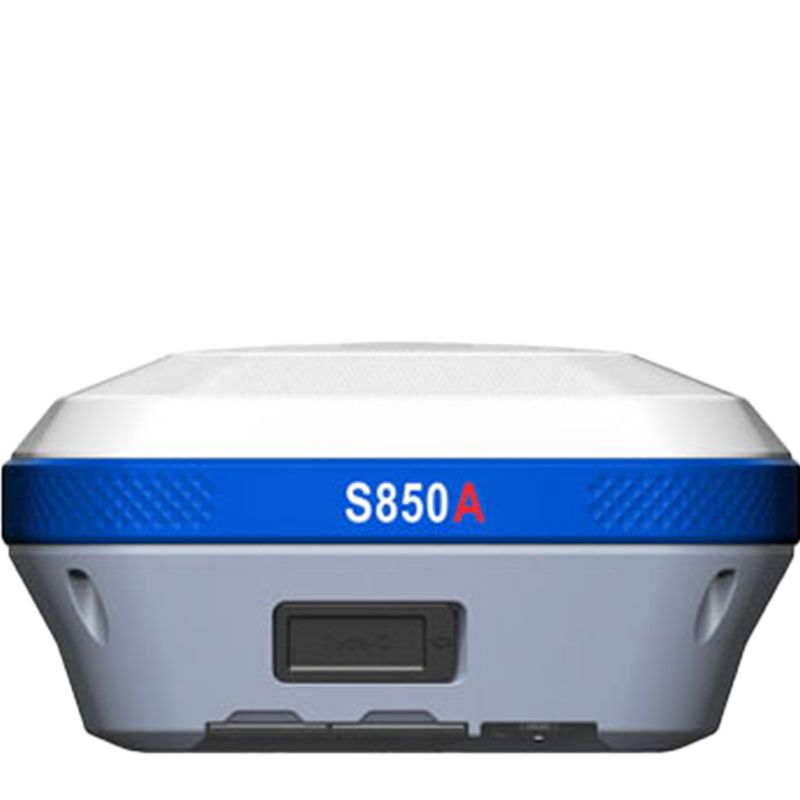

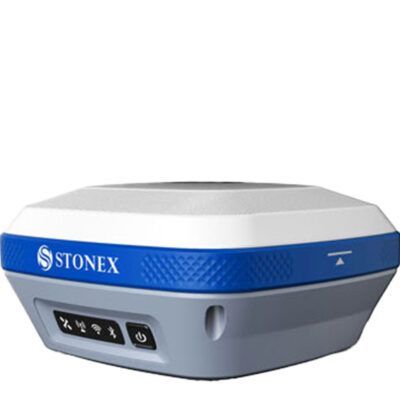
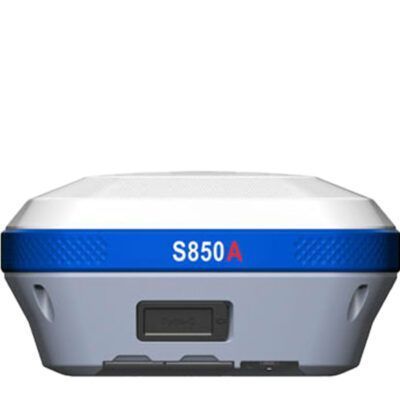
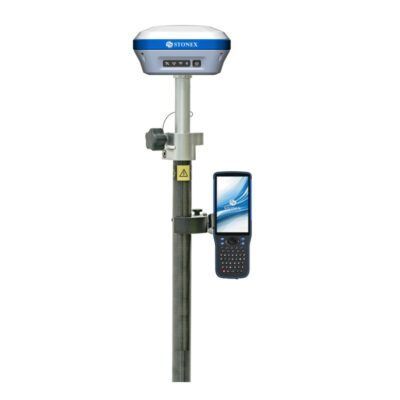
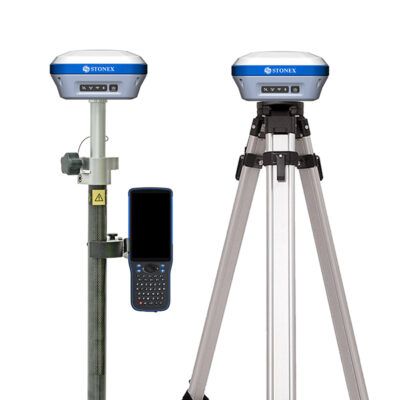

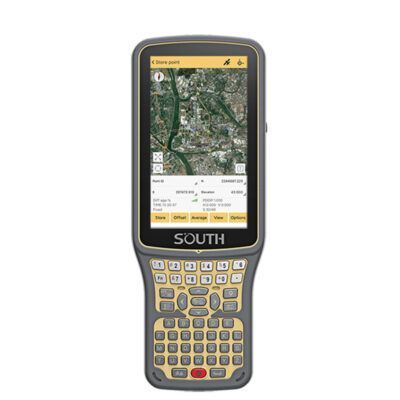
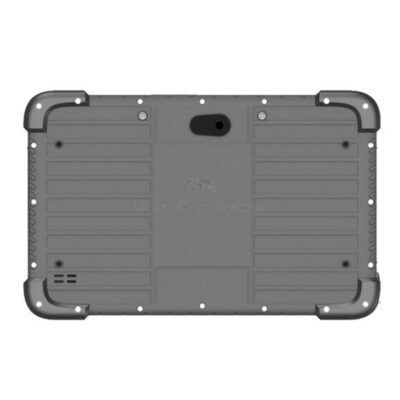
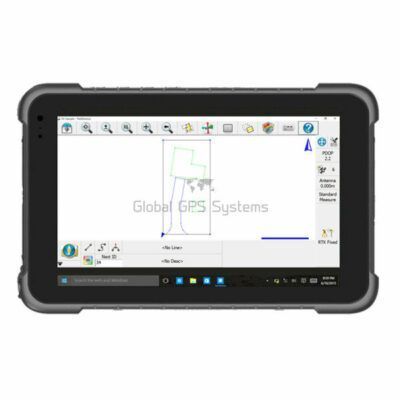
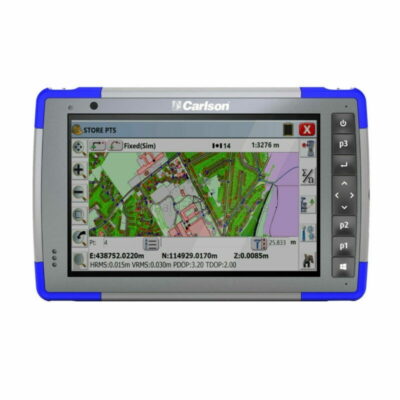
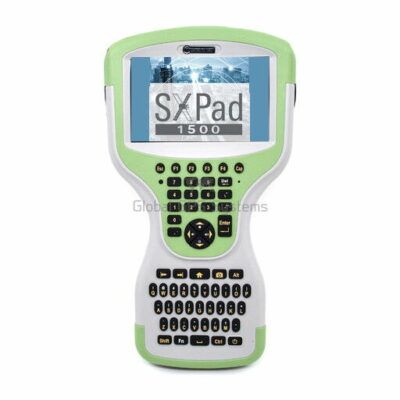
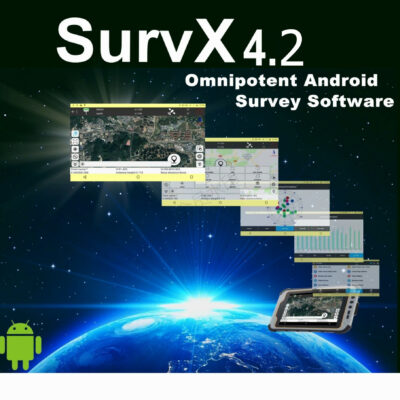





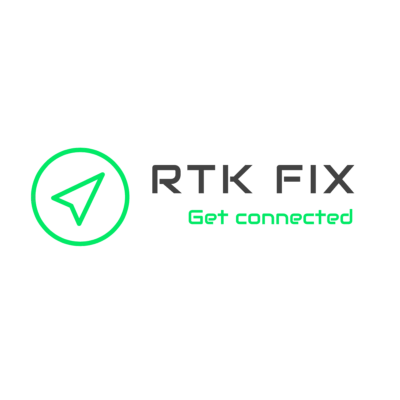
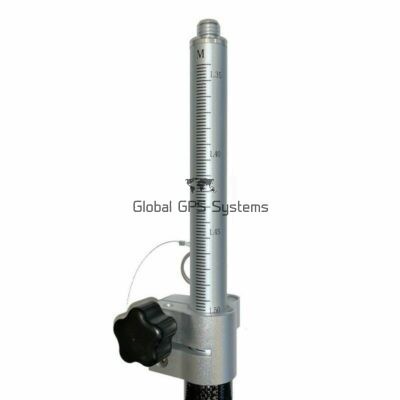
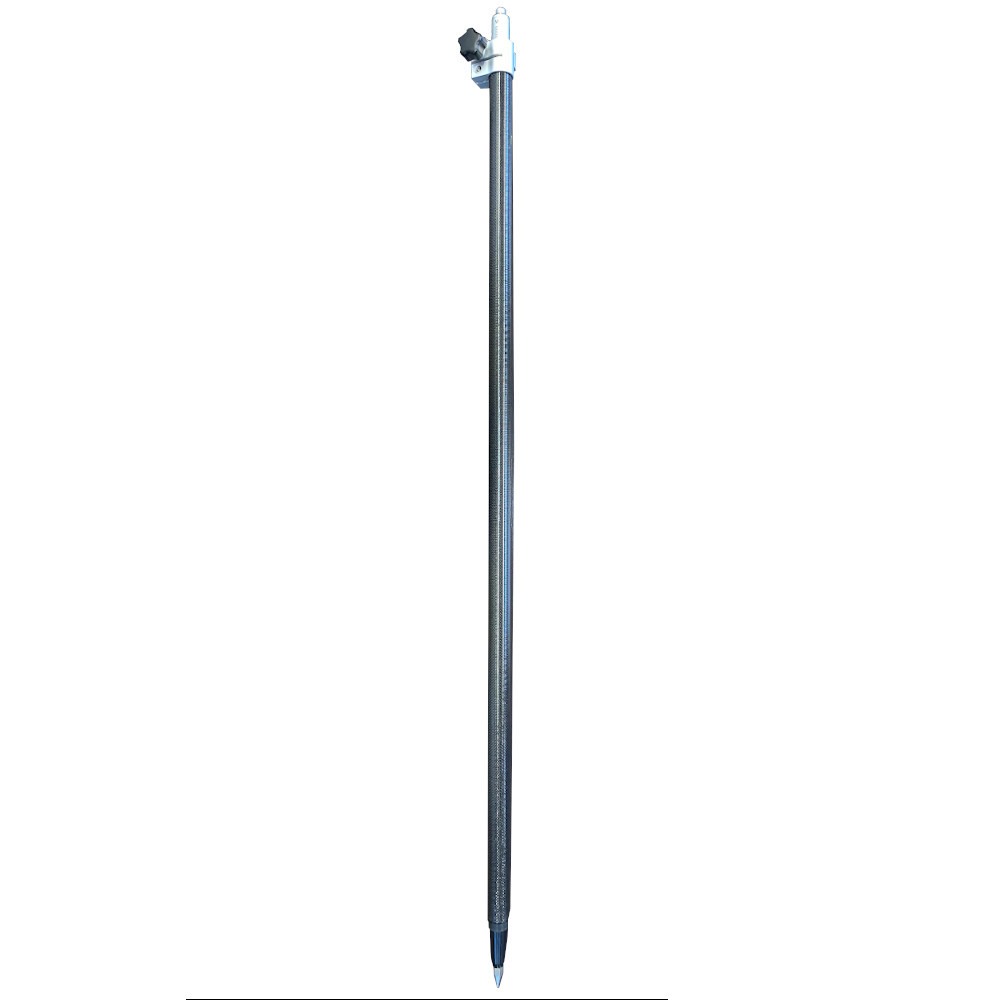


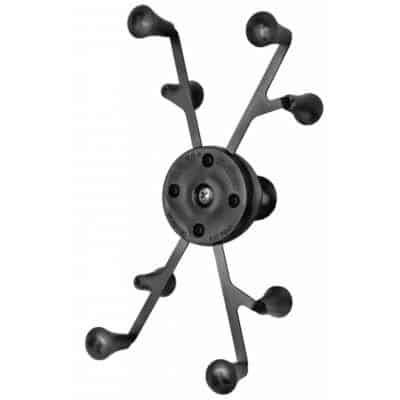
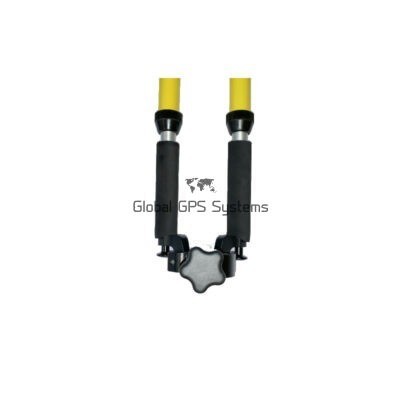
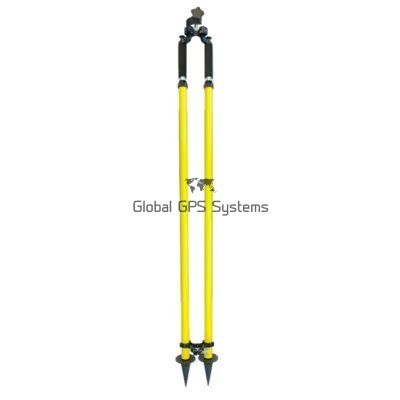



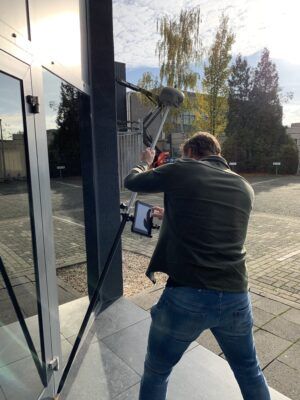
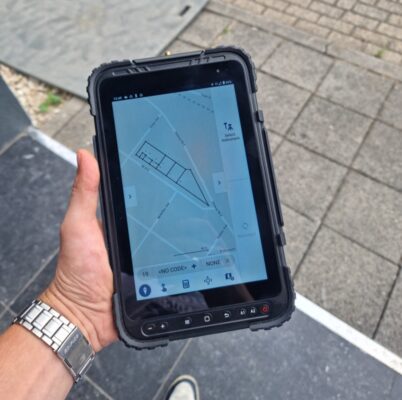
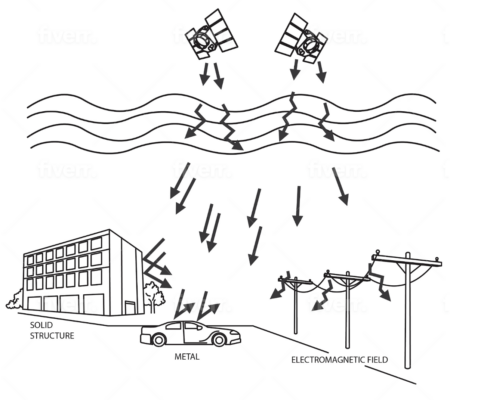
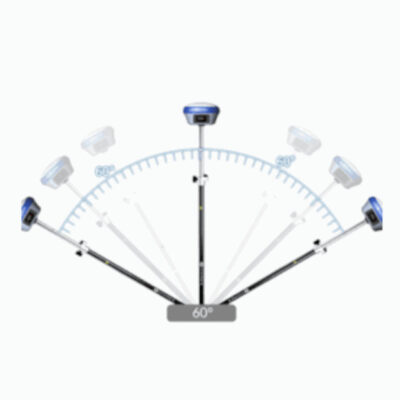
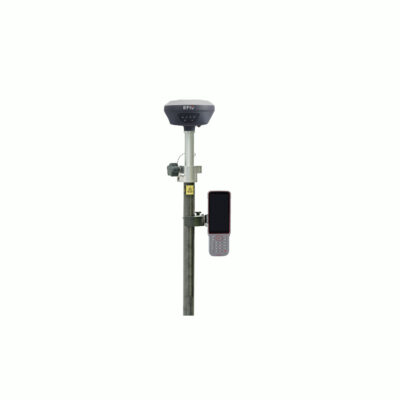
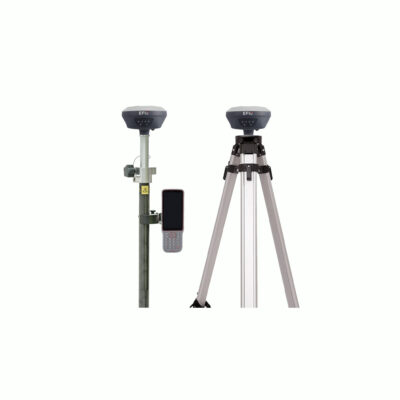

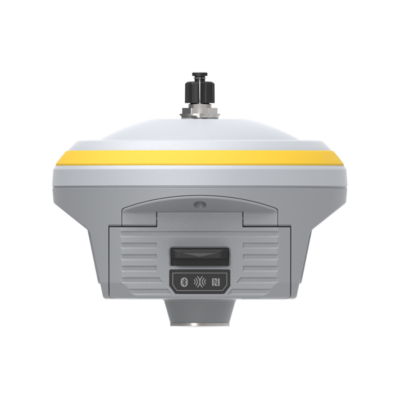
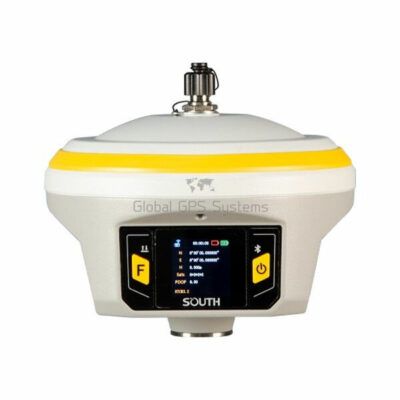
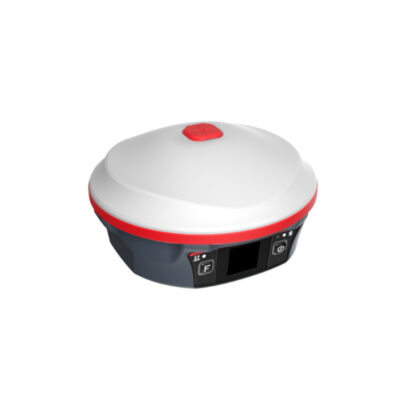
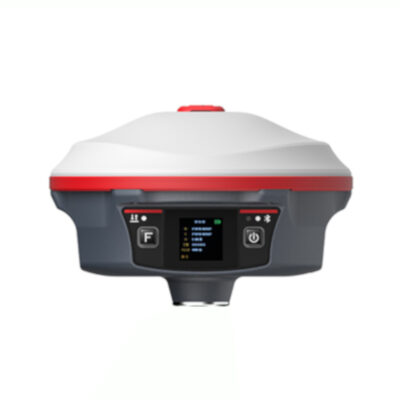
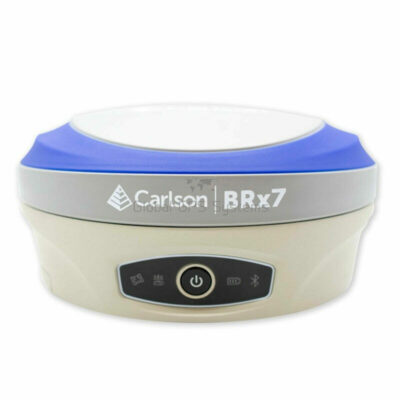
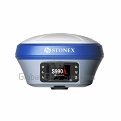

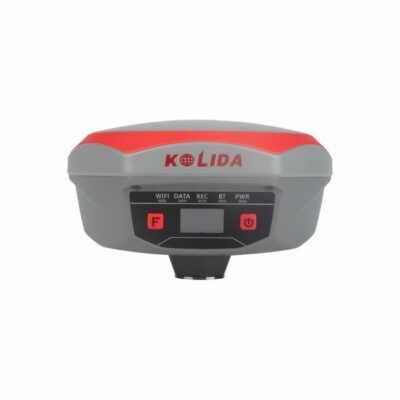

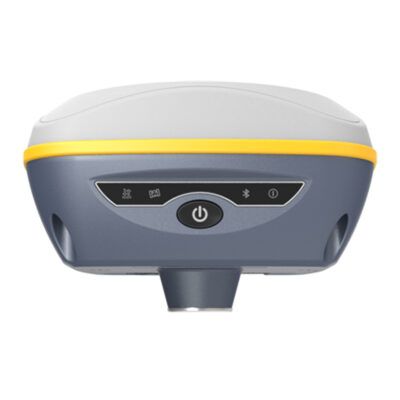
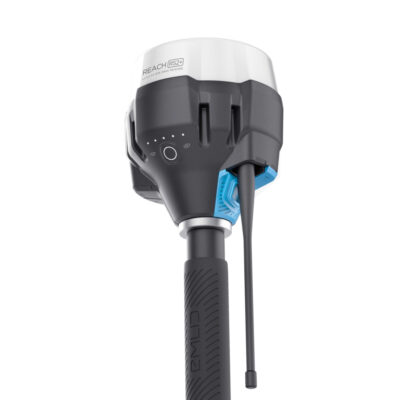
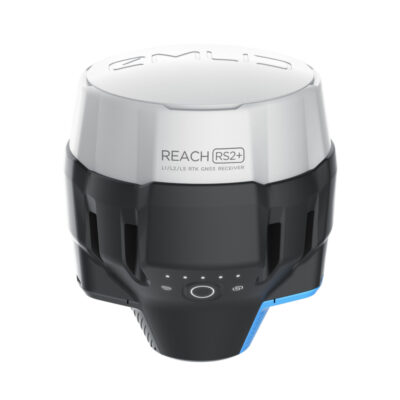


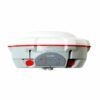
Roger C. (verified owner) –
En attente du logiciel d’arpentage